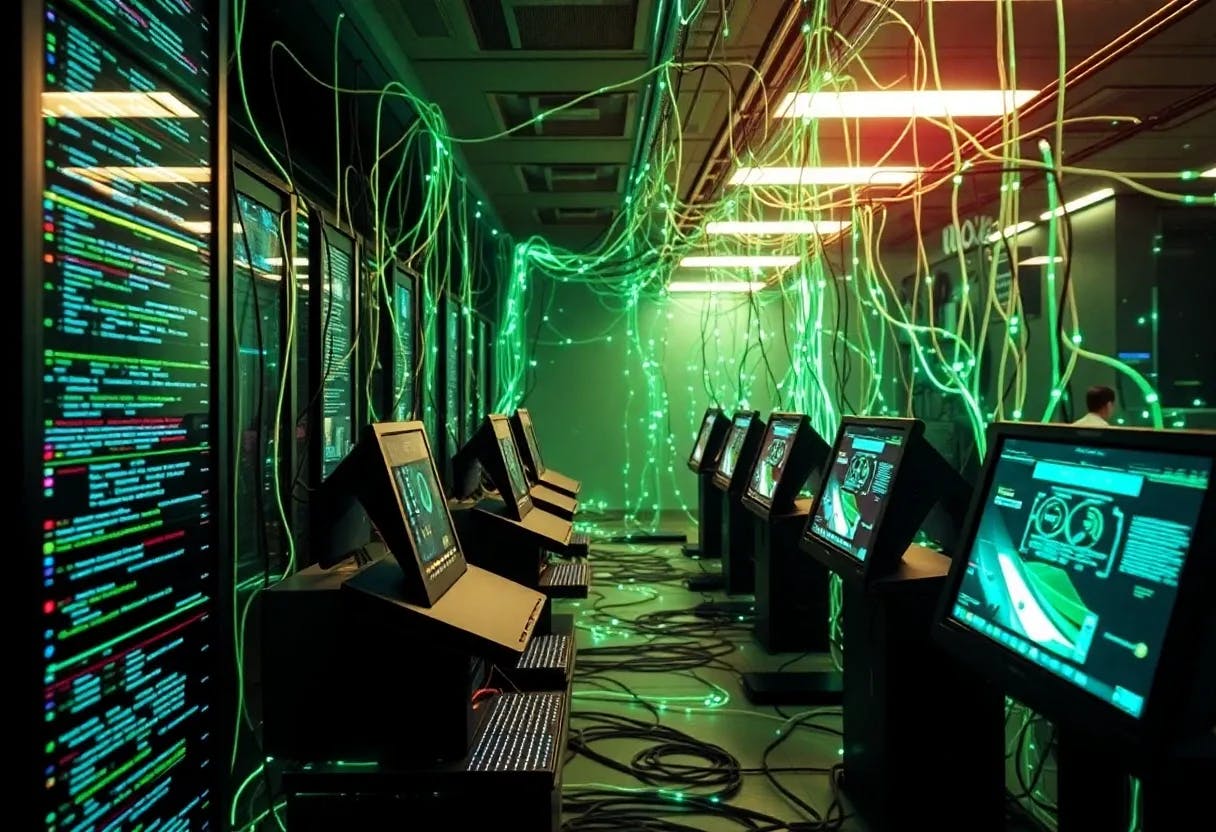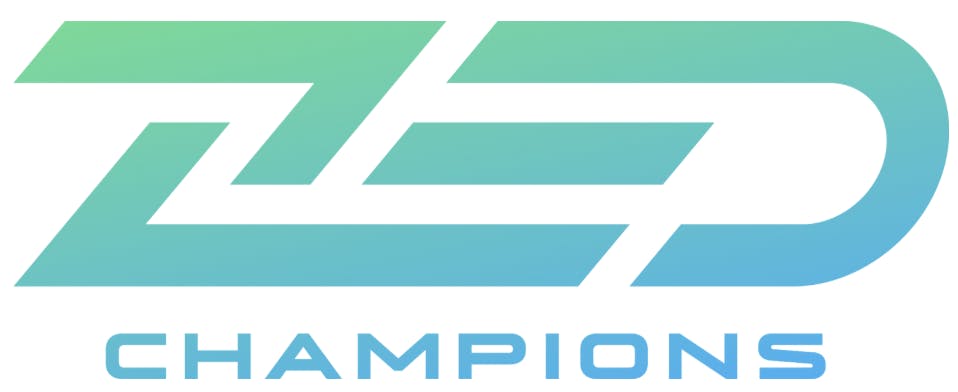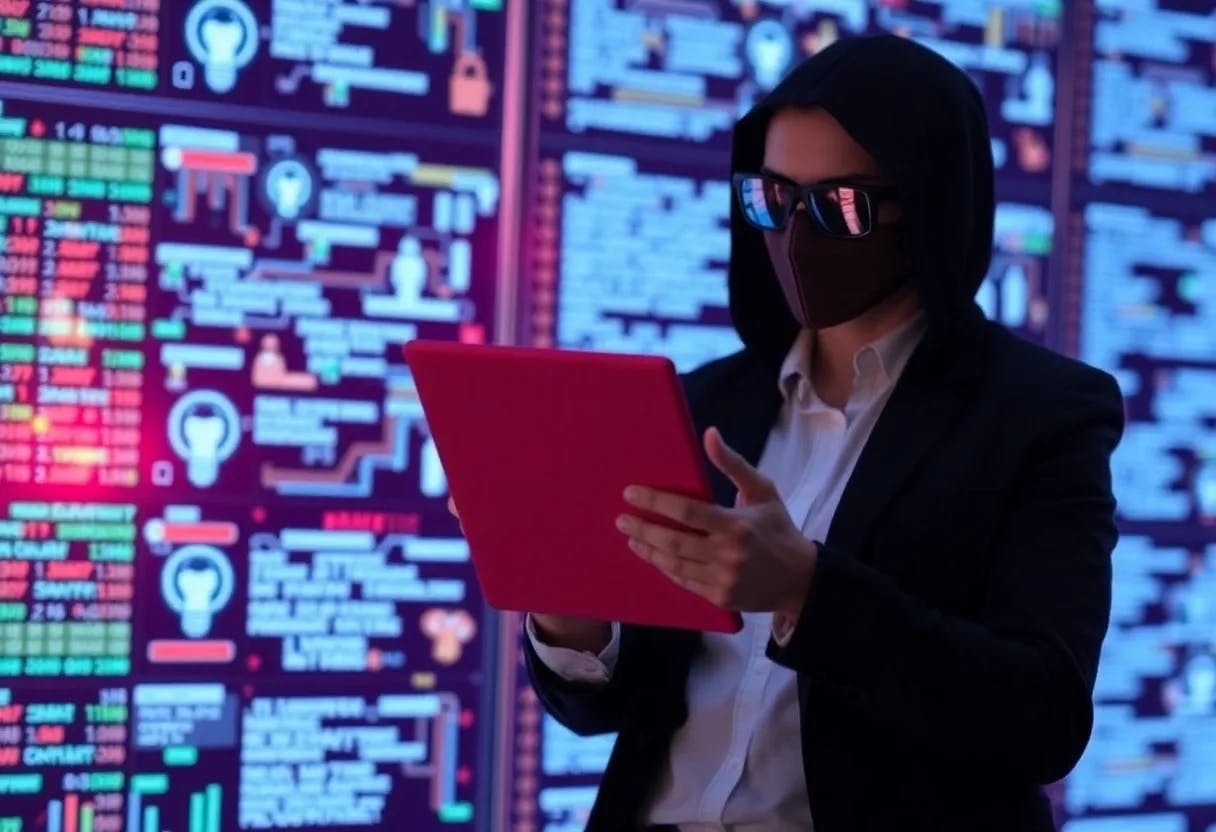Table of Links
Abstract and I. Introduction
II. Award Form and Content
III. Electronic Signatures, Writing Requirement, and Authentication
IV. Can Multisig Arbitration be Seen as an Autonomous Legal Order?
V. Conclusion
Appendix A: Multisig Transaction on Bitcoin Testnet Example
Appendix B: Breakdown of BTC Stored in 2/3 Multisig Accounts
IV. CAN MULTISIG ARBITRATION BE SEEN AS AN AUTONOMOUS LEGAL ORDER?
Ortolani has argued that the Bitcoin multisig process is not compatible with any of the traditional narratives of international arbitration, because it offers a level of privacy and enforcement solely depends on the mechanical operation of the protocol without the need for cooperation with national legal systems[49]. Transactions can take place between anonymous users who do not disclose their identity or geographical location[50]. Bitcoin was designed as a reaction to perceived inadequacies of the traditional banking system and is a rejection of a states’ exclusive authority over money[51]. Similar to how lex mercatoria developed within a community of merchants, Bitcoin users seek selfregulation and stateless mechanisms for resolving disputes[52]. Ortolani asserts having the ability to enforce norms is a key indicator of an autonomous legal order, so the multisig process must be regarded as an a distinctive system of dispute resolution53. However, this view is not supported by empirical evidence.
Bitcoin provides very little, to no, privacy protection. It is possible to link IP addresses to Bitcoin transactions through network analysis. When a user initiates a Bitcoin client, it sends out a message containing the user’s IP address information to other nodes. The software then downloads a list of known peers from other users. This makes it possible to map out IP addresses to Bitcoin addresses[54]. In a study of relay patterns, several hundred high-confidence (>90%) Bitcoin address-to-IP pairings were discovered[55]. In another study, researchers were able to link numerous users to IP addresses, the vast majority of which had probabilities above 0.9, with the average value of pairings at 95.52%[56]. Even with Tor, an anonymizing overlay network, Bitcoin addresses could be linked retroactively with publicly available information. In a case study that crawled thousands of Tor hidden services, social media accounts, and forums, researchers were able to link a number of unique users to Tor hidden services[57]. For some users, they were able to discover personally identifiable information, such as name, gender, age, and location[58]. The researchers concluded that Bitcoin addresses should always be assumed to be compromised as it could be used to de-anonymize users[59]. Moreover, courts have the power to order third party service providers to disclose information about users. Know-yourcustomer compliant exchanges and custodial wallet providers could be compelled under a pre-action Norwich Pharmacal Order to disclose names, emails, postal addresses, and IP addresses of registered users[60]. In a case from Ireland, a court noted when ordering an internet service provider to disclose information about their subscribers “that whether the right to confidentiality arises by statute or by contract or at common law, it cannot be relied on by a wrongdoer or a person against whom there is evidence of wrongdoing to protect his or her identity… right to privacy or confidentiality of identity must give way where there is prima facie evidence of wrongdoing[61].” Thus, with the development of standardized Bitcoin investigative tools that can link transactions to geographical locations and courts’ inherent power to order the disclosure of information from service providers, information about Bitcoin users can be discovered and they are not anonymous.
Furthermore, Bitcoin users are not purely interested in self-regulation and stateless mechanisms. Users’ views range the whole political spectrum. According to a State of Blockchain Report, it was reported that 35% of Bitcoin supporters are Socialist or Liberal, 46% Conservative or Libertarian, while only a small minority, 9%, identified as “Anarcho-Capitalist,” a political philosophy that advocates for the elimination of the state[62]. In another survey of blockchain developers, it was found that the majority of respondents indicated they are primarily motivated by money, passion for coding, attraction to the blockchain technology, learning, and community recognition[63]. Bitcoin users have a wide array of views and, in general, do embrace the Westphalian model.
And lastly, Bitcoin multisig cannot be viewed as a customary norm in lex mercatoria. To be recognized as a norm, the practice must persist over a substantial period of time, reflect trade habits and market usages, be universal, be extrinsic to the legal system, and be of utilitarian benefit for a merchant community[64]. The BIP-11 M-of-N Standard Transactions proposal was accepted December 13, 2011 and BIP-16 Pay to Script Hash, which enabled multisig scripting, was accepted April 1, 2012[65]. The first multisig wallet service was launched in August 2013[66]. According to statistics of 2/3 multisig account usage, the number of deposited funds picked up in late 2015, but has since leveled off after the 2017 Bitcoin “tulip bubble,” see Appendix B. As it can be seen multisig is a relatively recent technology that does not have wide usage over a substantial period of time, so customs within the community cannot be elevated to the level of lex mercatoria. Furthermore, there is no evidence to show that Bitcoin multisig is currently being used by a concrete and identifiable merchant community.
Given these points, multisig ought not be seen as a distinctive legal order. It would be more advantageous to bring the multisig process under the purview of international commercial arbitration law. International arbitration has a wealth of rules and case law for arbitrators to draw from. Awards can be recognized by numerous national legal systems under the New York Convention[67] and arbitrators, acting in a quasi-judicial capacity, are afforded immunity from liability under national laws and arbitration rules[68].
Author:
(1) A.J. Santos, B.A. (UTSA), J.D. (STCL), Department of Private International Law, Ankara Yıldırım Beyazıt University, Faculty of Law ([email protected]).
This paper is
[49] Ortolani, Pietro (2016) ‘Self-Enforcing Online Dispute Resolution: Lessons from Bitcoin’ Oxford Journal of Legal Studies, I3, V36, pp. 595-629.
[50] Id. at pg. 612.
[51] Id.
[52] Id. at pg. 614.
[53] Id. at pg. 615.
[54] Lr, Andrew/Ao, Douglas (2018) ‘Bitcoin Investigations: Evolving Methodologies and Case Studies’ Journal of Forensic Research, I3, V9 https://www.omicsonline.org/open-access/bitcoin-investigations-evolving-methodologies-and-casestudies-2157-7145-1000420-101691.html l.a.d. 04/17/2019.
[55] Koshy, Philip/Koshy, Diana/McDaniel, Patrick ‘An Analysis of Anonymity in Bitcoin Using P2P Network Traffic’: Safavi-Naini, Reihaneh/Christin, Nicolas (Editors) (2014) Financial Cryptography and Data Security – 18th International Conference, pp. 469-485. 56 Juhász, Péter L./ Stéger, József/Kondor, Dániel/Vattay, Gábor (2018) ‘A Bayesian Approach to Identify Bitcoin Users’ PLoS ONE, I:12, V:13 https://doi.org/10.1371/journal.pone.0207000.
[57] Al Jawaheri, Husam/Al Sabah, Mashael/Boshmaf, Yazan/Erbad, Aiman (2018) ‘When A Small Leak Sinks A Great Ship: Deanonymizing Tor Hidden Service Users Through Bitcoin Transactions Analysis’ ArXiv180107501 http://arxiv.org/abs/1801.07501 l.a.d. 04/17/2019.
[58] Id. at pg. 2.
[59] Id. at pg. 10.
[60] Yalabık, Fulya Teomete/Yalabık, İsmet (2019) ‘Anonymous Bitcoin v Enforcement Law’ International Review of Law, Computers & Technology, I:1, V:3, DOI: 10.1080/13600869.2019.1565105, pg. 48.
[61] EMI Records Ltd., Sony BMG Music Entertainment Ltd., Universal Music Ltd., Warner Music Ireland Ltd v. Eirecom Ltd., BT Telecommunications Ltd., [2006] E.C.D.R. 5 (Ire.). The test is where a person is wittingly or unwittingly caught up in the wrongdoing of another so as to facilitate that wrongdoing and is more than a mere witness, a court may order the person to provide the injured party the necessary information to enable the ultimate wrongdoer to be identified. The wrongful act could arise out a crime, tort, breach of contract, equitable wrong, or contempt of court and there must be a need for an order to enable action in the interest of justice. See ArcelorMittal USA LLC v. Essar Steel Ltd., [2019].
[62] Bauerle, Nolan/Ryan, Peter (2018) ‘CoinDesk Releases Q2 2018 State of Blockchain Report CoinDesk’ https://www.coindesk.com/state-of-blockchain-q2-2018 l.a.d. 04/17/2019.
[63] Bosu, Amiangshu/Iqbal, Anindya/Shahriyar, Rifat/Chakroborty, Partha (2018) ‘Understanding the Motivations, Challenges and Needs of Blockchain Software Developers: A Survey’ ArXiv181104169 http://arxiv.org/abs/1811.04169 l.a.d. 04/17/2019.
[64] Bhala, Raj (1996) ‘Applying Equilibrium Theory and the FICAS Model: A Case Study of Capital Adequacy and Currency Trading’ Saint Louis University Law Journal, V41, I:125, pp. 205-206.
[65] Bitcoin Project ‘Bitcoin Improvement Proposals’ https://github.com/bitcoin/bips l.a.d. 04/17/2019.
[66] O’Brien, Will (2014) ‘How 2014 Became the Year of Multisig’ CoinDesk https://www.coindesk.com/2014-becameyear-multisig l.a.d. 04/17/2019.
[67] As of 02 April 2019, there are 159 contracting states of the New York Convention.
[68] U.K. Arbitration Act, 1996, Section 29(1); ICC Rules of Arbitration (2017), Article 41; Trans-Lex.org ‘Principle XIII.2.7 – Immunity of arbitrator’ https://www.trans-lex.org/970032 l.a.d. 04/17/2019.












